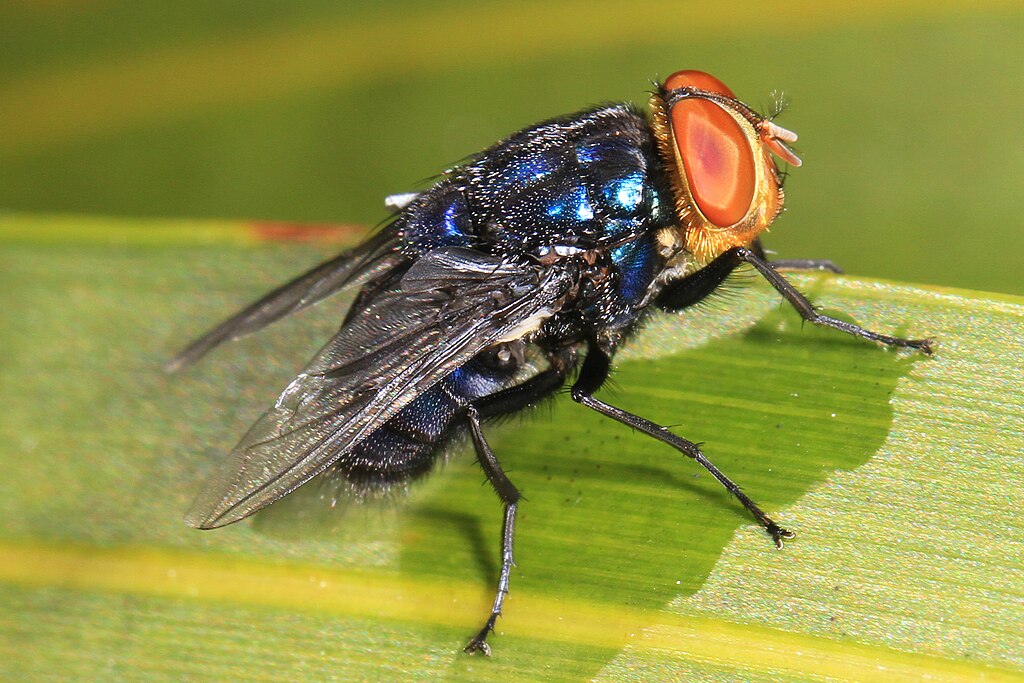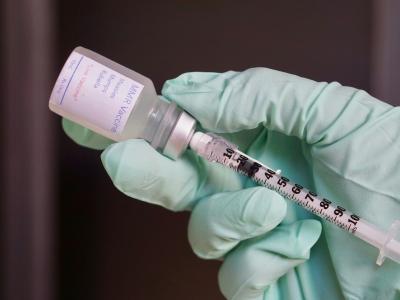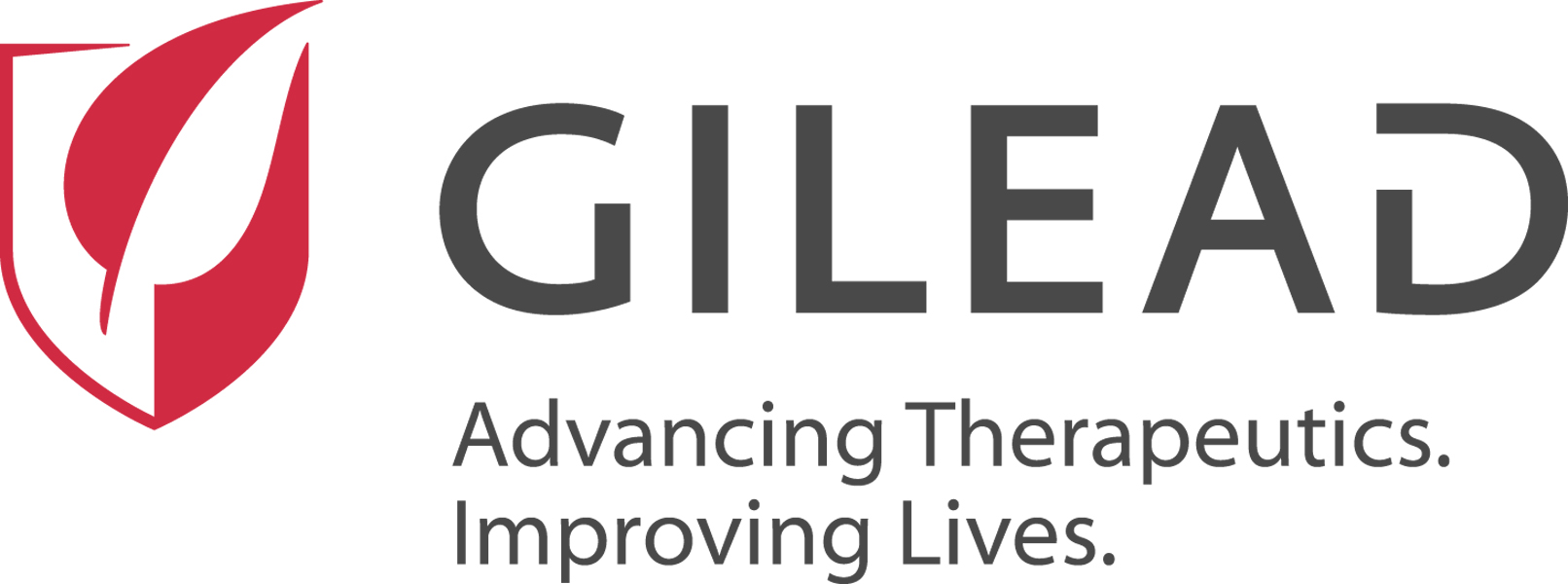
In light of the recent report of a traveler-associated human case of New World screwworm (NWS) infection in Maryland, the first human US case in 50 years, the Centers for Disease Control and Prevention (CDC) and the US Department of Health and Human Services (HHS) reaffirmed their commitment to robust surveillance and trapping strategies targeting the parasitic fly.
Currently, the risk to public health in the United States from this case is very low.
"Currently, the risk to public health in the United States from this case is very low," HHS said in a press release. "In support of CDC's activities and out of an abundance of caution, [the US Department of Agriculture] initiated targeted surveillance for NWS within a 20-mile radius of the affected area, encompassing portions of the District of Columbia, Maryland, and Virginia. To date, all trap results have been negative for NWS."
Last US animal detection in 2017
HHS said the last time NWS was detected in animals or livestock in the United States was in the Florida Keys in 2017. There have been no detections since then.
"We may continue to see traveler-associated cases of NWS," HHS said. Any warm-blooded animal can become infected by a New World screwworm, but human infection is rare.
Central America is experiencing a large uptick of NWS activity. HHS said officials have heightened surveillance of the pest along the Mexico-US border that has been in place since this summer. HHS also said it is building a domestic sterile-fly production and dispersal facility to increase readiness and response efforts.
.jpg)








